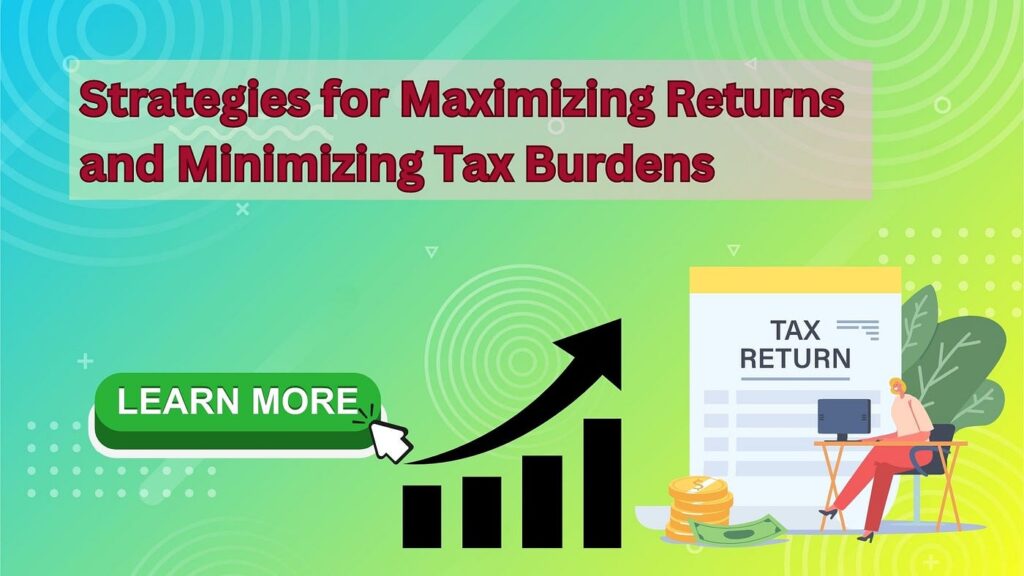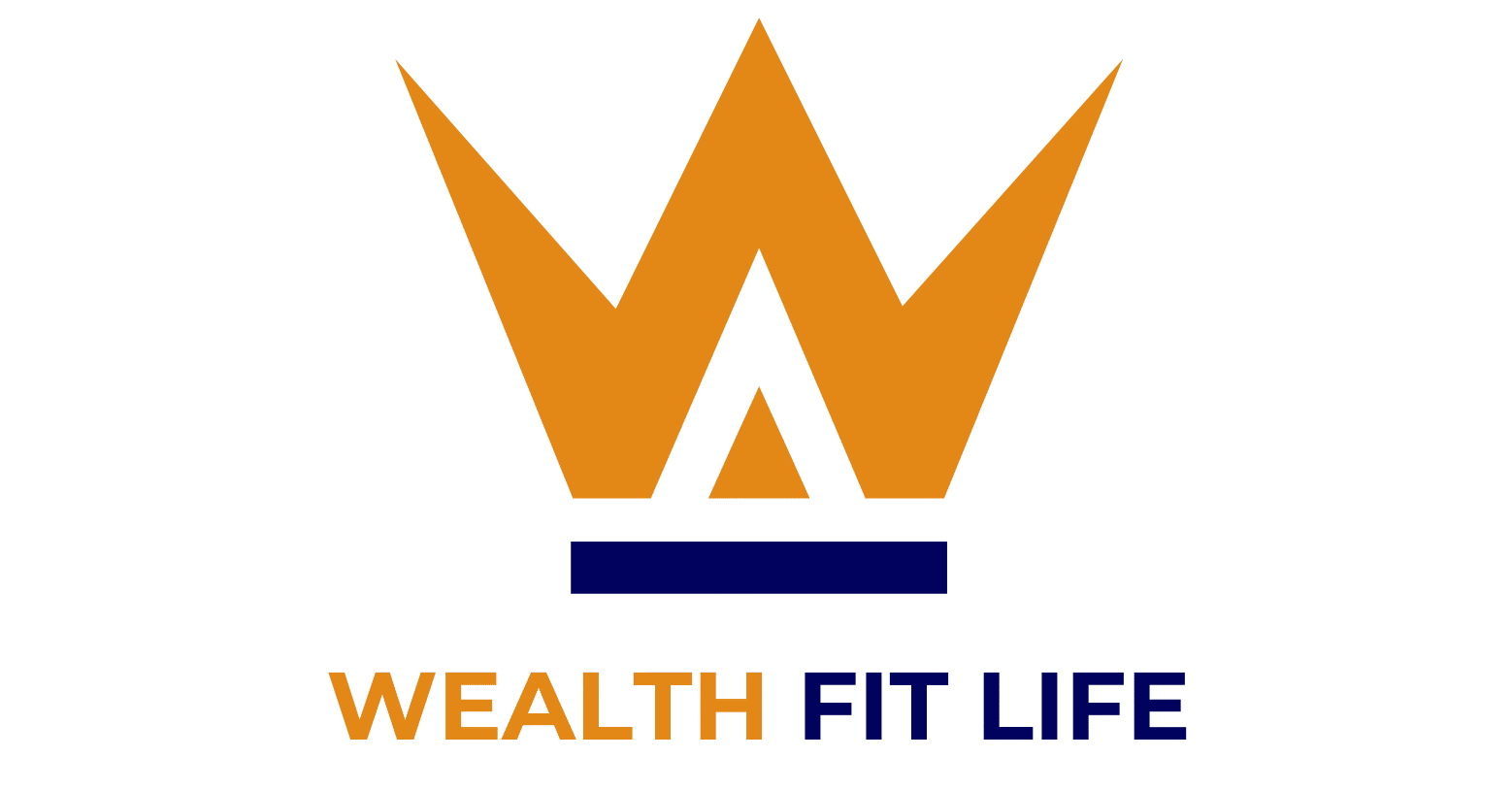Creating a tax-efficient investment portfolio is essential for maximizing your after-tax returns. Whether you’re a seasoned investor or just starting, understanding how taxes impact your investments can help you make smarter financial decisions. In this article, we’ll walk you through the steps to build a tax-efficient portfolio, while answering 10 frequently asked questions to guide you on your journey.

What Is a Tax-Efficient Investment Portfolio?
A tax-efficient investment portfolio is designed to minimize the amount of taxes you pay on your investment gains. This involves selecting the right mix of investments and accounts that help reduce your overall tax burden. The goal is to keep as much of your returns as possible rather than giving them away in taxes. By focusing on tax-efficient strategies, you can grow your wealth faster and keep more of your earnings.
Key Strategies for Building a Tax-Efficient Portfolio
- Diversify Your Investment Accounts
Different types of investment accounts are taxed in different ways. A well-structured portfolio includes a mix of tax-deferred accounts (like IRAs or 401(k)s), tax-free accounts (like Roth IRAs), and taxable accounts. By strategically placing different assets in these accounts, you can reduce your tax liability.- Tax-Deferred Accounts: These accounts (e.g., traditional IRA, 401(k)) allow you to delay paying taxes until you withdraw funds in retirement. The money grows tax-deferred during your investment horizon, meaning you don’t have to pay taxes on interest, dividends, or capital gains while the funds remain in the account.
- Tax-Free Accounts: Roth IRAs and Roth 401(k)s offer tax-free growth and withdrawals. If you meet certain conditions, you won’t owe taxes on the gains when you take money out, making them excellent choices for retirement savings.
- Taxable Accounts: These accounts (e.g., regular brokerage accounts) are subject to annual taxes on dividends, interest income, and capital gains. You have more flexibility in these accounts, but it’s important to understand how taxes apply to the investments you hold in them.
- Use Tax-Advantaged Accounts to Their Full Potential
Maximize contributions to tax-advantaged accounts, like your 401(k), traditional IRA, and Roth IRA. Contributions to traditional retirement accounts are tax-deductible, and your investments grow tax-deferred until withdrawal. With a Roth IRA, qualified withdrawals are tax-free, which is perfect for those in a higher tax bracket.For example, if you contribute to a traditional IRA, your taxable income decreases by the amount you contribute, reducing your tax burden in the year you make the contribution. Meanwhile, Roth IRAs allow for tax-free growth and withdrawals, making them beneficial if you expect your tax rate to be higher in retirement than it is now. - Focus on Tax-Efficient Funds
Some mutual funds and ETFs are more tax-efficient than others. For example, index funds generally have lower turnover, meaning fewer taxable events like capital gains distributions. Actively managed funds tend to trigger higher taxes due to more frequent buying and selling of securities, which can lead to capital gains taxes.- Index Funds: Since these funds are passively managed, they typically have lower turnover, reducing the amount of taxable capital gains distributions. If you’re invested in index funds, you’ll pay taxes only when you sell or if the fund distributes capital gains.
- ETFs: Like index funds, ETFs tend to be more tax-efficient due to their structure. They allow for the “in-kind” exchange of securities, meaning they don’t trigger capital gains taxes when you buy and sell shares of the ETF.
- Capital Gains Strategy
Long-term capital gains are taxed at a lower rate than short-term gains. By holding investments for over a year, you can reduce the taxes you pay on the profits when you sell. Additionally, tax-loss harvesting can offset some of your capital gains with losses from other investments.- Long-Term vs. Short-Term Gains: Long-term capital gains are taxed at rates of 0%, 15%, or 20% based on your income, while short-term capital gains are taxed at ordinary income tax rates. Holding investments for over a year can reduce your tax bill significantly.
- Tax-Loss Harvesting: This strategy involves selling investments that have lost value to offset gains from other investments. By realizing capital losses, you can reduce your taxable income, lowering your overall tax liability.
- Consider Taxable Bonds and Dividend Stocks
Interest from municipal bonds is often exempt from federal taxes, making them an attractive option for tax-conscious investors. Additionally, qualified dividends from stocks are taxed at a lower rate than ordinary income, so investing in dividend-paying stocks can offer a tax advantage.- Municipal Bonds: These bonds are issued by state and local governments, and the interest income is generally exempt from federal income taxes. In some cases, municipal bond interest may also be exempt from state and local taxes.
- Dividend Stocks: Qualified dividends are taxed at lower rates compared to ordinary income. By holding dividend-paying stocks, you can benefit from these lower tax rates, enhancing your portfolio’s overall tax efficiency.
- Be Mindful of Asset Location
The location of your assets—whether they’re in taxable accounts or tax-advantaged accounts—affects how much you owe in taxes. Typically, interest-generating assets (like bonds) should be held in tax-deferred accounts, while stocks with long-term growth potential are better suited for taxable accounts.- Tax-Deferred Accounts: Bonds, REITs, and other income-generating investments are best held in tax-deferred accounts like IRAs and 401(k)s to avoid taxes on interest income.
- Taxable Accounts: Stocks that offer long-term capital gains and qualified dividends should be held in taxable accounts, as they benefit from lower tax rates on capital gains and dividends.
Read More: https://wealthfitlife.com/investing-in-emerging-markets-opportunities-and-risks/
FAQs
- What is the best type of account to build a tax-efficient portfolio?
The best strategy involves using a combination of tax-deferred accounts (like a 401(k) or traditional IRA) and tax-free accounts (like a Roth IRA). Each account type offers different tax advantages, and the key is understanding which investment should go into which account. - How can I reduce taxes on my investment income?
To minimize taxes on investment income, consider tax-efficient investment strategies such as holding investments for the long term to qualify for lower capital gains tax rates, investing in tax-advantaged accounts, and using tax-loss harvesting techniques to offset gains. - Is it better to invest in stocks or bonds for tax efficiency?
Stocks, particularly those that offer long-term capital gains and qualified dividends, tend to be more tax-efficient than bonds. However, bonds, especially municipal bonds, can still be part of a tax-efficient strategy, particularly when placed in tax-deferred accounts. - How do tax-deferred accounts work in a tax-efficient portfolio?
Tax-deferred accounts, like traditional IRAs and 401(k)s, allow you to defer paying taxes on contributions and investment gains until you withdraw funds in retirement. This helps your money grow faster, as you don’t lose a portion of your returns to taxes each year. - What is tax-loss harvesting?
Tax-loss harvesting involves selling investments that have lost value to offset capital gains from other investments. By realizing these losses, you can reduce your taxable income, potentially lowering your overall tax bill. - Should I consider investing in municipal bonds?
Municipal bonds are a great option for those in higher tax brackets. The interest earned on these bonds is often exempt from federal taxes and, in some cases, state and local taxes as well, making them highly tax-efficient. - How do dividend-paying stocks fit into a tax-efficient portfolio?
Dividend-paying stocks can be part of a tax-efficient portfolio because qualified dividends are taxed at a lower rate than ordinary income. If held in taxable accounts, these stocks can provide a steady stream of tax-efficient income. - What are the benefits of Roth IRAs for tax efficiency?
Roth IRAs offer tax-free growth and withdrawals. If you expect to be in a higher tax bracket during retirement, contributing to a Roth IRA can help you avoid paying taxes on your earnings when you withdraw them later. - Is it better to invest in actively managed funds or index funds for tax efficiency?
Index funds are generally more tax-efficient than actively managed funds because they have lower turnover, meaning fewer taxable events like capital gains distributions. If minimizing taxes is a priority, index funds are typically a better choice. - How do I know which assets to hold in taxable versus tax-advantaged accounts?
A general rule of thumb is to hold income-generating assets (such as bonds) in tax-deferred accounts and growth-oriented assets (such as stocks) in taxable accounts. This allows you to take advantage of lower capital gains tax rates and defer taxes on interest income.
Conclusion
Building a tax-efficient investment portfolio involves understanding the tax implications of your investment decisions. By using a combination of tax-advantaged accounts, focusing on tax-efficient investments, and strategically managing your assets, you can maximize your returns and minimize your tax liability. Keep these strategies in mind, and consult a tax professional to ensure your portfolio is as tax-efficient as possible.
